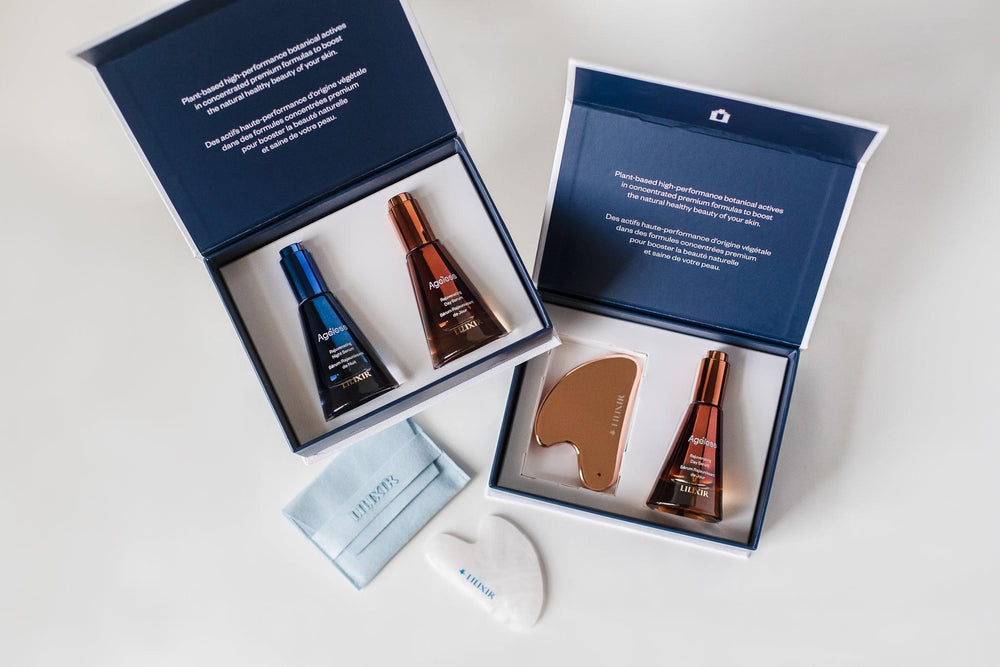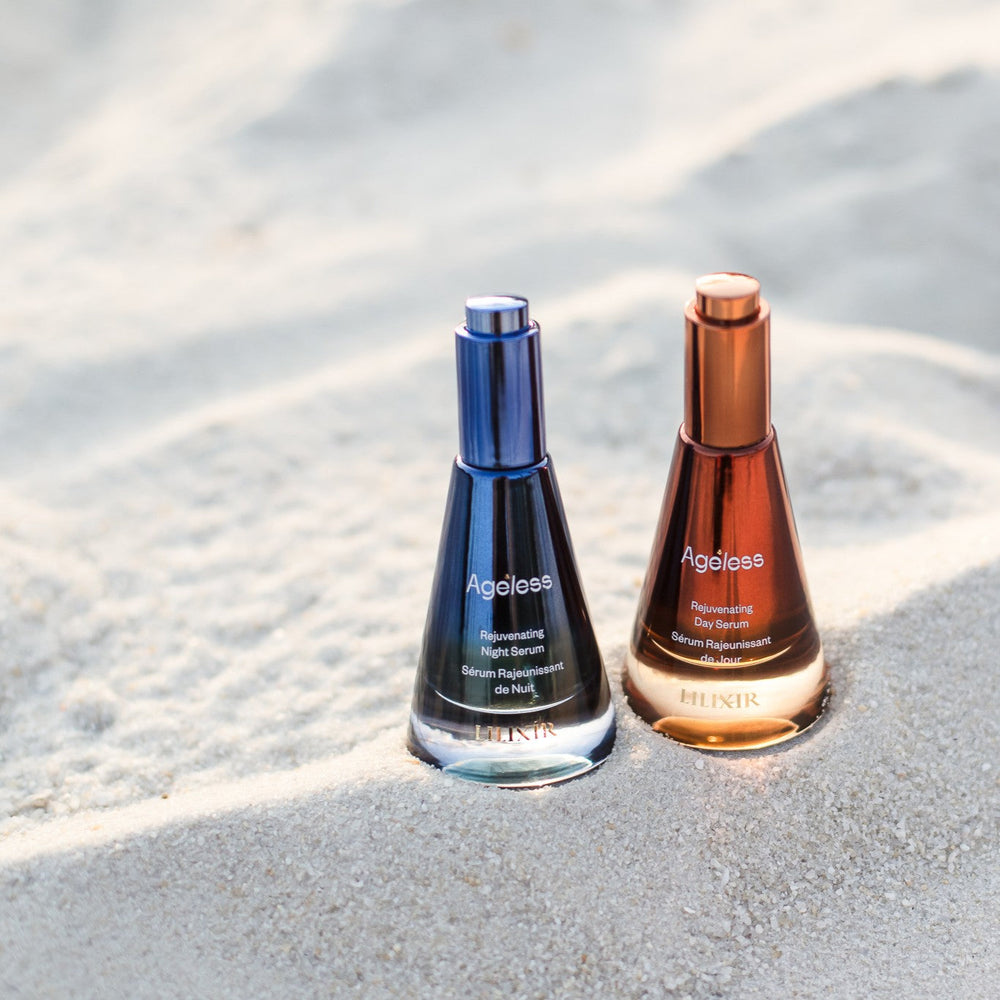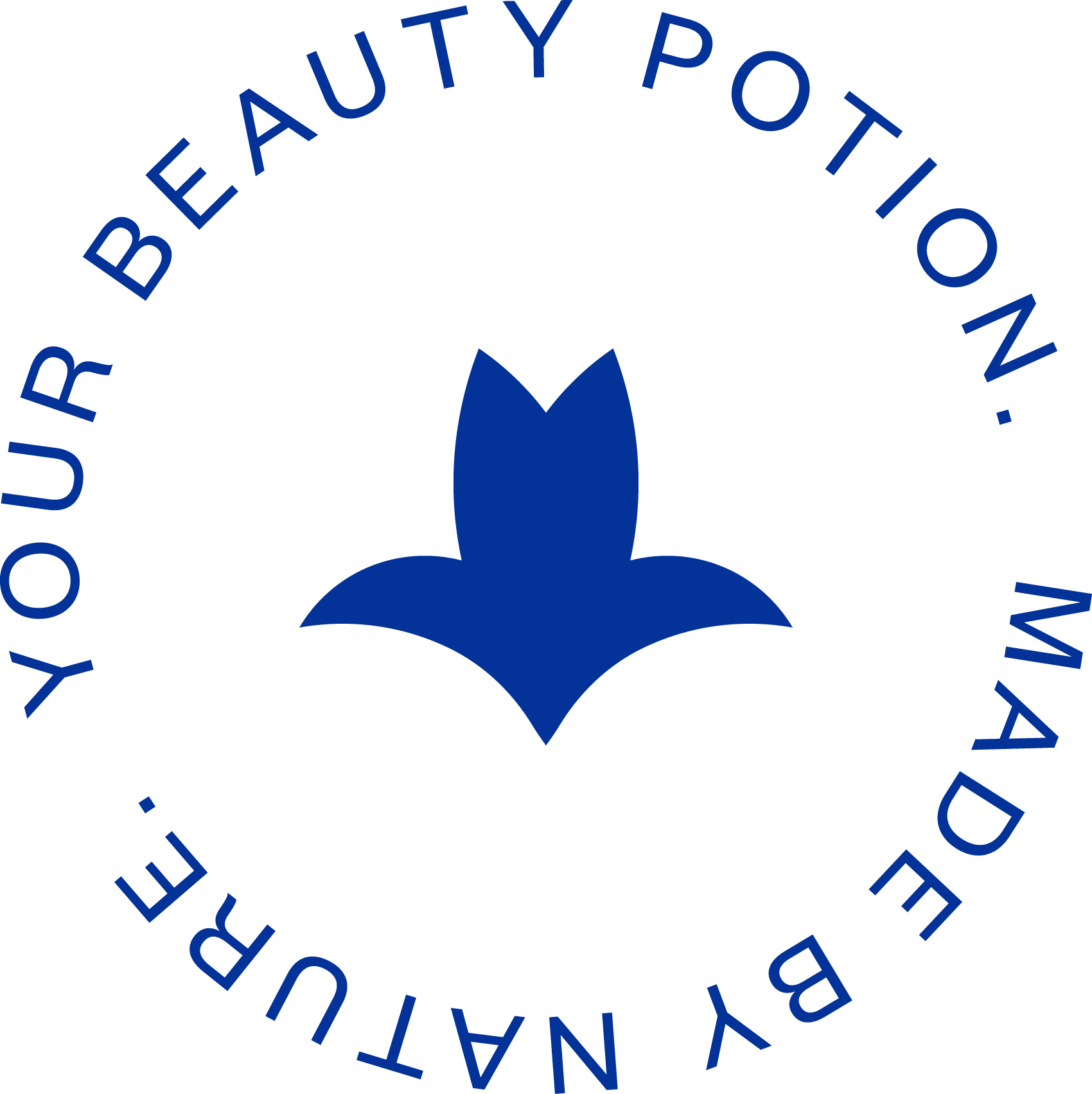Hyaluronic Acid: The Humble Hydrator That's Anything But Simple
Hyaluronic acid (HA) is everywhere in skincare: serums, creams, even makeup primers. But this seemingly simple ingredient is a remarkable molecule with depths worth exploring. More than just a hydration magnet, HA operates across molecular sizes—each offering unique benefits for skin health.
In this article, we'll unpack:
- What hyaluronic acid is and why it's so valued in skincare
- The role of molecular weight—and how different sizes deliver different results
- How to make smart choices (as a consumer or future formulator) when choosing HA-infused products
- The science that ensures efficacy, safety, and long-term skin wellness
What Is Hyaluronic Acid and Why Your Skin Needs It
Hyaluronic acid is a naturally occurring glycosaminoglycan—a long chain of repeated sugar units (D-glucuronic acid and N-acetyl-D-glucosamine) that’s a key component of the extracellular matrix, which supports collagen and elastin .
It’s found throughout the body—in joints, eyes, connective tissues—and about 50% of it resides in your skin, with the dermis holding more than the epidermis due to volume. The molecule can hold up to 1,000 times its weight in water, which turns it into a skin hydration powerhouse .
As we age, our skin's own HA production drops, leading to loss of elasticity, moisture, and volume. This is why topical supplementation has become so essential.
Why Molecular Weight Matters More Than You Think
Not all HA molecules behave the same. Let’s break down the key types and their unique actions:
1. High Molecular Weight (HMW HA – >1,000 to 2,000+ kDa)
-
Characteristics: Large, viscous molecules that stay on the skin’s surface.
-
Benefits:
- Creates a protective barrier that reduces trans-epidermal water loss
- Provides instant plumping and smooth texture
- Soothes and mildly anti-inflammatory
- Limitations: Minimal penetration; effects are temporary and surface-level.
2. Medium Molecular Weight (MMW HA – ~100–1,000 kDa)
- Characteristics: Smaller than HMW, but still texture-modifying.
-
Benefits:
- Offers balanced hydration—surface and some penetration
- Enhances barrier function and smooths texture
- Versatile for multiple skincare formats
3. Low Molecular Weight (LMW HA – <500 kDa, typically 50–200 kDa)
- Characteristics: Small enough to penetrate the epidermis and sometimes beyond.
-
Benefits:
- Deep hydration and improved skin elasticity, reduced wrinkles
- Stimulates collagen, enhances repair, gene expression, and dermal signaling
-
Caveats: Very low versions (<50 kDa) can potentially be pro-inflammatory in some older studies but generally well-tolerated in modern, purified forms.
4. Ultra-Low / Nano HA (<50 kDa)
Hyaluronic acid's brilliance lies not just in its water-holding capacity but in how its varying molecular weights act in synergy. From surface smoothing to deep cellular support, each HA size has its strategic place.
As skincare matures into a truly personalized, science-driven experience, understanding HA’s specific molecular benefits gives you the insight to choose—and eventually formulate—products that truly deliver on hydration and skin resilience.
- Characteristics: Expert-level penetration.
-
Benefits:
- Stimulates HA synthesis by skin cells, triggers collagen formation
- Ideal for targeted anti-aging treatments, often used in premium formulations or medical aesthetics.
How Research Supports HA and Its Role in Skin Health
A study evaluating multiple HA molecular weights—50, 130, 300, 800, 2,000 kDa—found that 130 kDa was especially effective, boosting skin elasticity by 20%, while both 50 and 130 kDa significantly improved wrinkle depth and roughness after 60 days.
At a molecular level, HA interacts with receptors like CD44, influencing cell signaling, proliferation, and healing—making it powerful for barrier recovery and repairing skin after inflammation or irritation.
In a UK case study, HA formulas increased skin moisture by up to 96% after one application; 85% of users reported skin feeling more supple and plump after four weeks.
But here's the nuance: overly small HA (under 5 kDa) could theoretically increase trans-epidermal water loss, especially in dry climates or without occlusive layers; some users have reported dryness or irritation in these cases.
The Best Approach: Multi-Molecular HA for Multi-Level Hydration
Dermatologists and skincare experts unanimously recommend multi-weight HA formulations. As Dr. Geeta Yadav from Toronto explains, using different molecular weights allows HA to hydrate at different depths and "trigger complementary pathways" for healing and plumping.
This science-backed layering delivers:
- Immediate surface hydration and occlusive hydration from HMW HA
- Deeper, long-lasting hydration and skin elasticity support from LMW and ultra-LMW HA
- Signaling benefits for collagen and repair from nano HA
Many iconic HA formulas—from medical-grade serums to luxury moisturizers—use 3–5 different HA molecules to layer hydration on every skin level effectively.
Practical Tips: Choosing the Right Hyaluronic Acid Product
- Check ingredient labels: Look for multiple HA types listed—e.g., “Sodium Hyaluronate Crosspolymer” (HMW), “Hydrolyzed Hyaluronic Acid” (LMW), “Oligo-HA” (ultra-LMW).
-
Combine smartly: Pair HA with occlusives like ceramides or oils to prevent moisture loss—especially if you're in dry climates.
-
Know your concentration: Most HA products use under 2%—good balance to hydrate without irritation.
- Match texture to needs: Use HMW for instant glow and feel; LMW blends help with aging signs and deeper hydration.
- Patch test tiny fragments: If you have sensitive skin, test LMW first—true ultra-LMW HA might irritate if barrier is compromised.
The Future of Hydration Lies in Smart Layering
Hyaluronic acid's brilliance lies not just in its water-holding capacity but in how its varying molecular weights act in synergy. From surface smoothing to deep cellular support, each HA size has its strategic place.
As skincare matures into a truly personalized, science-driven experience, understanding HA’s specific molecular benefits gives you the insight to choose—and eventually formulate—products that truly deliver on hydration and skin resilience.









